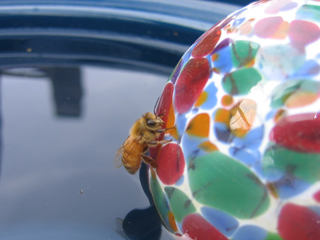
Imagine sipping on a refreshing, homemade beverage infused with the rich, golden goodness of your very own honey. Sounds delightful, doesn’t it? In this article, we’ll take you on a journey from your garden to your glass as we explore the art of crafting honey-infused beverages using the honey harvested from your own bees. Get ready to discover the secrets of transforming your backyard into a buzzing paradise and unlocking the sweetest nectar to elevate your beverage game to new heights. So grab your gardening gloves and get ready to embark on a sweet adventure!
Choosing the Right Bees for Honey Production
Understanding different bee species
When it comes to honey production, one of the first things you need to consider is the type of bees you will have in your apiary. There are several different species of bees, but the most commonly used for honey production is the Western honey bee (Apis mellifera). These bees are known for their hardworking nature and ability to produce large quantities of honey.
Considering the climate and environment
Once you have decided on the species of bees you want to keep, it’s important to consider the climate and environment in which they will be living. Bees are highly adaptable creatures, but they do have specific temperature and humidity preferences. It’s essential to choose bees that are well-suited to your local climate to ensure their survival and productivity.
Selecting strong and healthy colonies
When choosing bees for honey production, it’s crucial to select strong and healthy colonies. Healthy bees are more resistant to diseases and pests, which can greatly affect the productivity and overall health of your hive. Look for colonies with a good population of bees, a healthy brood pattern, and signs of activity and vitality.
Setting up Your Garden for Honey Production
Selecting a suitable location
To create a successful honey production garden, you need to select a suitable location. Bees thrive in areas with abundant sunlight, as it helps with their flight and the growth of nectar-rich flowers. In addition to sunlight, consider the surrounding environment, ensuring that it provides ample forage opportunities and minimal exposure to pesticides.
Providing a variety of nectar-rich flowers
To ensure a constant supply of nectar for your bees, it’s important to provide a diverse range of nectar-rich flowers. Bees are attracted to flowers with bright colors and strong aromas, so choose plants like lavender, sunflowers, or rosemary. Planting a variety of flowers that bloom at different times throughout the year will provide a continuous source of nutrition for your bees.
Creating a supportive habitat for bees
In addition to flowers, it’s important to create a supportive habitat for bees in your garden. Provide shelter in the form of bee boxes or hives where they can build their colonies and produce honey. You can also create bee-friendly habitats by leaving areas of your garden wild or planting shrubs and trees that provide nesting sites and protection from predators.
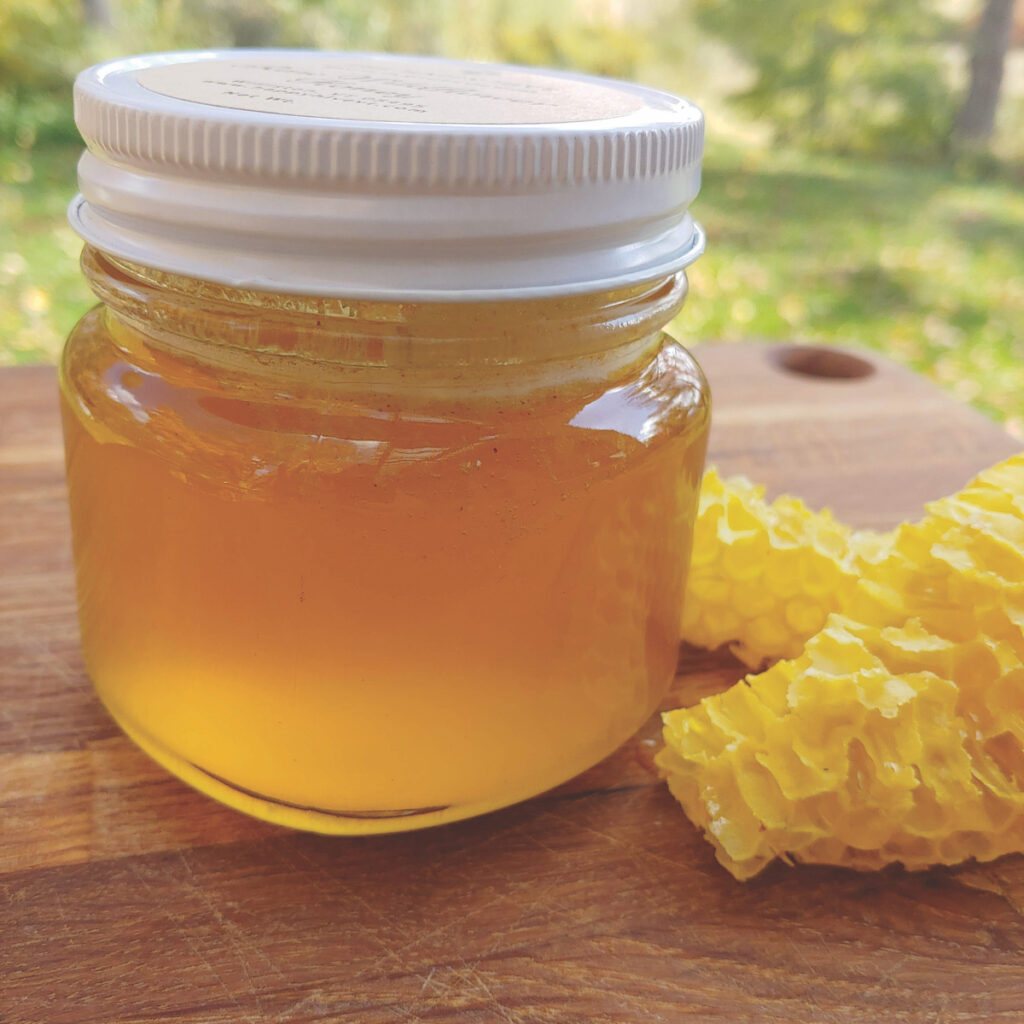
This image is property of ogden_images.s3.amazonaws.com.
Harvesting Honey from Your Bees
Knowing when honey is ready for harvest
Harvesting honey from your bees requires careful timing. It’s essential to allow the bees enough time to process the nectar into honey and cap it with wax before harvesting. One way to determine if the honey is ready is by observing the bees’ behavior. When the bees stop actively collecting nectar and the honeycombs are capped, it’s a good indication that the honey is ripe for harvest.
Extracting honey from honeycombs
To extract honey from the honeycombs, you will need to remove the frames from the hive. Carefully scrape off the wax caps on the honeycomb cells using a hot knife or uncapping fork. Once the caps are removed, you can use an extractor to spin the frames, causing the honey to flow out. Gravity will separate the honey from the wax, allowing you to collect it.
Filtering and storing the harvested honey
After extracting the honey, it’s important to filter it to remove any impurities or debris. This can be done using a fine mesh strainer or cheesecloth. Once the honey is filtered, transfer it to clean jars or containers for storage. Ensure that the containers are tightly sealed to prevent crystallization or moisture absorption. Store the honey in a cool, dry place away from direct sunlight.
Exploring Different Honey-Infused Beverages
Understanding the flavor profiles of different honey varieties
Honey comes in a wide variety of flavors, and each variety adds its unique taste to the beverages it is infused with. From light and floral to rich and robust, different honey varieties provide a range of flavor profiles. It’s important to experiment with different types of honey to find the perfect match for your desired beverages.
Experimenting with honey-based simple syrups
Honey-based simple syrups are incredibly versatile and can be used as a sweetener in various beverages. To make a honey simple syrup, mix equal parts honey and hot water until the honey dissolves completely. This syrup can be added to cocktails, mocktails, iced teas, or lemonades, enhancing their flavor with a touch of sweetness and the unique taste of honey.
Creating honey-infused cocktails and mocktails
Honey-infused cocktails and mocktails are a delightful way to enjoy the natural sweetness of honey in your favorite beverages. Experiment with classic cocktail recipes, such as the Honey Bee’s Knees or the Bee’s Bourbon Lemonade, and replace the traditional sweeteners with honey or honey syrup. For mocktails, combine honey syrup with fresh fruits, herbs, and sparkling water to create refreshing and flavorful concoctions.
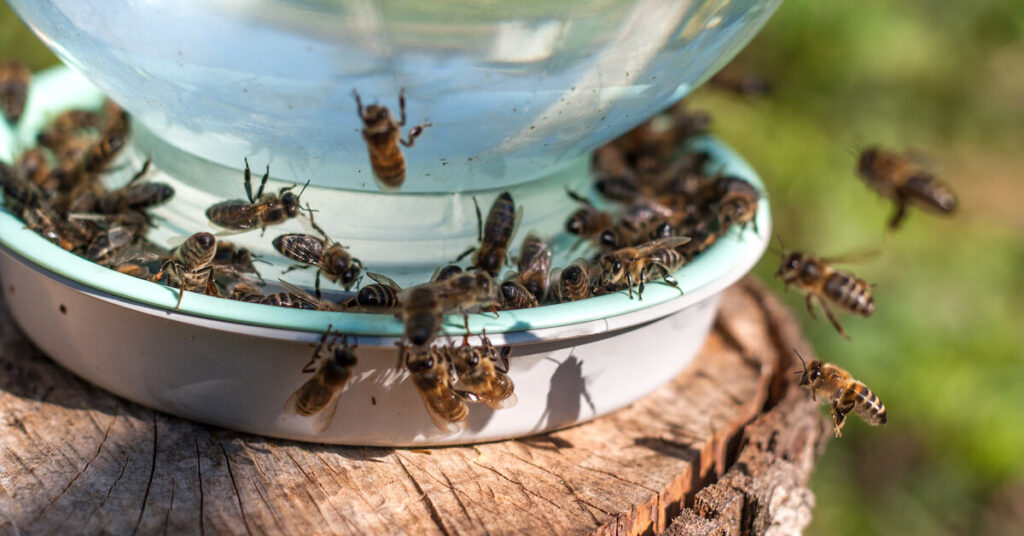
This image is property of livelovefruit.com.
Honey Lemonade: A Refreshing Summer Beverage
Gathering fresh lemons from your garden
To make a delicious honey lemonade, start by gathering fresh lemons from your garden. Lemons are the perfect citrus fruit to pair with honey, as their tartness balances out the sweetness. The juiciness and acidity of fresh lemons will contribute to the bright and refreshing flavor of your homemade lemonade.
Preparing a homemade honey lemon syrup
To prepare the honey lemon syrup, combine freshly squeezed lemon juice with honey in a small saucepan. Heat the mixture over low heat, stirring occasionally, until the honey has dissolved completely and the mixture has thickened slightly. Allow the syrup to cool before using it in your honey lemonade.
Mixing the syrup with sparkling water or tea
To assemble the honey lemonade, mix the honey lemon syrup with chilled sparkling water or brewed tea. Adjust the sweetness and tartness to your liking by adding more syrup or additional fresh lemon juice. Serve the honey lemonade over ice, garnished with a slice of lemon or a sprig of fresh mint, for a refreshing and thirst-quenching summer beverage.
Herbal Honey Tea: Immunity-Boosting and Soothing
Growing and harvesting medicinal herbs
Growing and harvesting medicinal herbs in your garden is a wonderful way to enhance your honey-infused beverages. Herbs like chamomile and lavender not only add unique flavors but also provide numerous health benefits. Cultivate these herbs in your garden, ensuring they receive adequate sunlight and well-drained soil.
Infusing honey with herbs like chamomile or lavender
Infusing honey with herbs is a simple process that can be done at home. Start by sterilizing a glass jar and filling it with dried chamomile or lavender flowers. Heat the honey gently in a double boiler and pour it over the herbs in the jar. Allow the mixture to sit for several days to allow the flavors of the herbs to infuse into the honey.
Steeping the herbal honey in hot water for a comforting tea
To enjoy a comforting herbal honey tea, steep a spoonful of the infused herbal honey in a cup of hot water. Allow the tea to steep for several minutes to extract the flavors and beneficial properties of the herbs. Sit back, relax, and savor the soothing taste and aroma of the herbal honey tea, knowing that it is also boosting your immunity and providing relaxation.
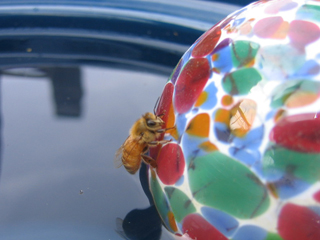
This image is property of gardenmentors.com.
Honey-Infused Craft Beers: A Unique Brew
Understanding the brewing process
Brewing honey-infused craft beers requires an understanding of the brewing process. If you’re new to brewing, it’s helpful to familiarize yourself with the basics before attempting to incorporate honey. The brewing process involves mashing grains, boiling the wort, fermenting with yeast, and carbonating the beer.
Adding honey during fermentation or bottling
Honey can be added at different stages of the brewing process to achieve different flavors and aromas. Some brewers prefer to add the honey during fermentation, while others add it during bottling. Adding honey during fermentation contributes to the fermentation process, while adding it during bottling enhances the flavor without affecting the fermentation.
Exploring different beer styles with honey infusion
The addition of honey opens up a world of possibilities when it comes to beer styles. From light and crisp honey lagers to rich and complex honey stouts, there are countless combinations to experiment with. Consider the flavor profile of the honey variety you choose and how it will complement or enhance the characteristics of the beer style you’re brewing.
Honey-Infused Cocktails: The Perfect Mixology
Creating honey-based simple syrups for cocktails
Honey-based simple syrups are an essential ingredient in honey-infused cocktails. To create a honey syrup, combine honey and water in equal parts. Stir the mixture until the honey dissolves completely. Honey syrup adds depth and complexity to cocktails, marrying the flavors of the spirits, mixers, and other ingredients.
Experimenting with classic cocktail recipes
Classic cocktail recipes can be easily adapted to include honey as a key ingredient. Replace the traditional sweeteners with honey or honey syrup to bring a natural sweetness and unique flavor to your cocktails. Experiment with recipes like the Honey Old Fashioned, Honey Mojito, or Honey Margarita to create your signature honey-infused concoctions.
Incorporating herbs, fruits, and spices for added complexity
To elevate your honey-infused cocktails, incorporate herbs, fruits, and spices into your recipes. Muddle fresh herbs like mint or basil to release their essential oils for a burst of freshness. Add a twist of citrus peel or a slice of fruit for a pop of flavor and visual appeal. Experiment with spices like cinnamon or cardamom to bring warmth and complexity to your cocktails.
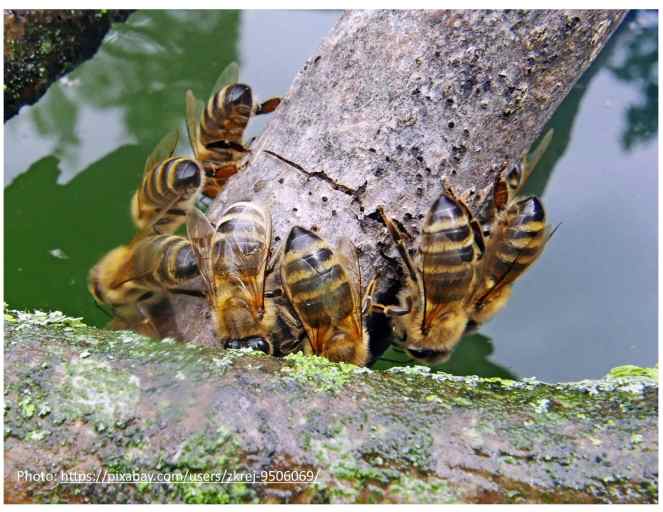
This image is property of i2.wp.com.
Mocktail Marvels: Non-Alcoholic Honey Beverages
Crafting honey-infused mocktails for all occasions
Mocktails are non-alcoholic beverages that provide the same level of sophistication and complexity as cocktails. Honey-infused mocktails are perfect for those who prefer not to consume alcohol or for special occasions when you want to cater to all guests. Craft mocktails using the same principles as cocktails, incorporating honey syrup, fresh fruits, and herbs for a delightful and refreshing experience.
Using fresh fruits and herbs to enhance flavors
Fresh fruits and herbs are essential components when creating honey-infused mocktails. They bring vibrant colors and natural sweetness to the beverages while balancing the floral notes of the honey. Experiment with combinations like strawberry and basil, raspberry and rosemary, or citrus fruits with a hint of thyme to create mocktails that burst with flavor.
Presenting mocktails with style and creativity
Mocktails not only taste great but can also be visually stunning. Present your honey-infused mocktails with style and creativity by garnishing them with fresh herbs, edible flowers, or fruit slices. Use attractive glassware and consider serving them in unique and eye-catching containers, such as mason jars or vintage glass bottles. Make your mocktails a centerpiece at any gathering.
Spreading the Buzz: Sharing Your Honey-Infused Beverages
Hosting honey-themed tasting events
Once you have perfected your honey-infused beverages, consider hosting honey-themed tasting events. Invite friends, family, and neighbors to sample your creations and learn more about the bees and the process of honey production. Share your knowledge, recipes, and experiences, and encourage others to explore the world of honey-infused beverages.
Collaborating with local businesses or restaurants
Collaborating with local businesses or restaurants is a fantastic way to spread the buzz about your honey-infused beverages. Approach local coffee shops, bars, or restaurants and propose partnerships or special events featuring your unique creations. This collaboration can provide exposure for your beverages while supporting small local businesses and fostering a sense of community.
Creating personalized honey-infused beverage recipes to share
As you embark on your honey-infused beverage journey, take note of the recipes you create and enjoy the most. Compile them into a personalized recipe booklet or share them online through blogs or social media platforms. By sharing your recipes, tips, and experiences, you can inspire others to explore the wonderful world of honey-infused beverages and continue spreading the buzz.
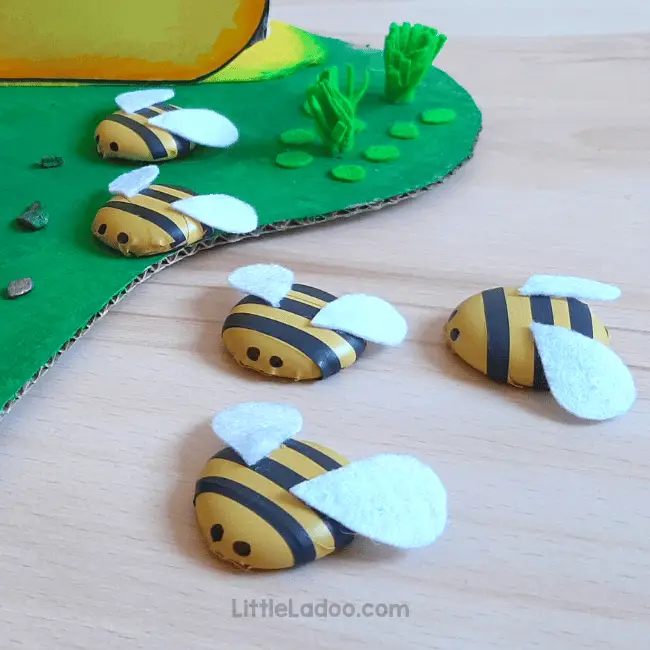
This image is property of www.littleladoo.com.